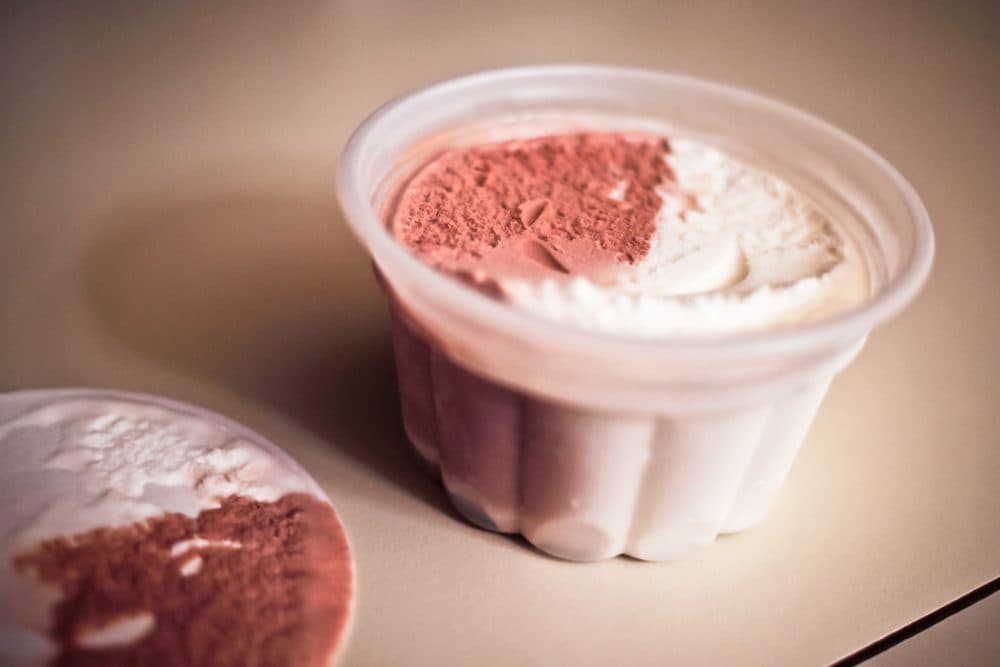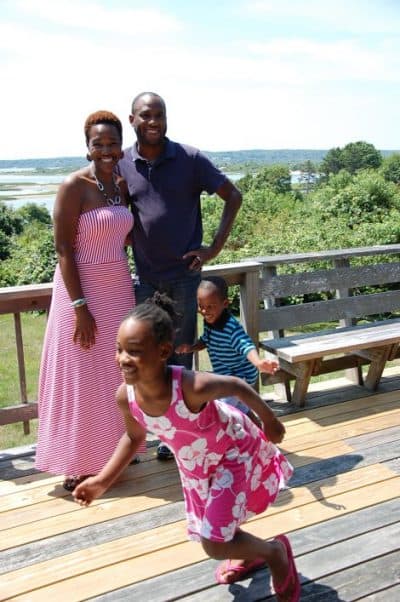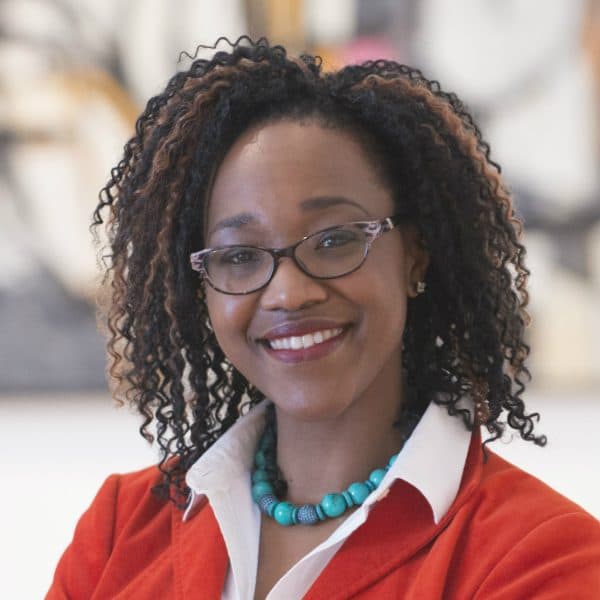Advertisement
Eating Ice Cream While Black

As a mother of two children in Wellesley Public Schools, and a faculty member at Wellesley College who incorporates social and racial justice into her art history classroom, the recent news of racist and homophobic rants from Wellesley High School students stunned me.
Already overwhelmed by the news cycle covering the deaths of Alton Sterling and Philando Castile, the students’ racist vitriol brought back a memory of a seemingly innocent outing for ice cream with my kids. Set against these latest revelations, it’s a story with a sobering message: Whether one is eating ice cream or going to school, there is no armor strong enough to protect you from the painful effects of experiences like these in a conservative community that lacks the racial and economic diversity or education to prevent these incidents from happening in the first place.
These microaggressions -- subtle, daily instances of racism -- experienced over time have an effect.
My memory is of a beautiful New England afternoon in September 2011, weeks after moving to Wellesley. I joined a colleague, another African American woman with two kids of her own, to take a walk together to a popular ice cream spot in town. We were sitting with our brood of four on a bench outside, when an older white woman approached.
In seconds, the woman began fondling the feet of the infant, and then raised her head curiously to take all six of us in. Flustered, as if she couldn’t believe there could be so many of us — brown-skinned people, that is — she remarked with surprise, “Do all of these children belong to you?”
She then placed her hand on my 4-year-old daughter’s head, and said, “I want to see your face.” After repeating this, she forced my child’s head to look into her eyes, away from my own. After an awkward moment, she walked away. My friend and I stared at each other, shaking heads in disbelief. With nervous laughter, I said, “When did we become the petting zoo?” This blatant form of patronizing and humiliating conduct, sometimes to be expected from an older generation, is sadly familiar to us.
These microaggressions — subtle, daily instances of racism — experienced over time have an effect. For most people of color and other underrepresented groups living or working in towns like Wellesley, we understand full well that the sort of disturbing, violent stereotypes that came from the high school students constitute an underlying sentiment that cannot be ignored. While the hate speech may have come as a surprise to some white residents, their lack of awareness of their own microaggressions exerted upon their neighbors contributes to the problem.

While Wellesley public schools’ academic programs indeed rank high, much of the social and intellectual work surrounding “multiculturalism” still lags. The few children of color within the school system take on the undue burden of educating their classmates (and some teachers) while facing their own set of microaggressions, from not-so-innocent remarks about their hair to teachers’ disproportionately penalization for behavior, sometimes due to unconscious biases. My daughter was bullied in the first grade, only finding the courage to tell us two years later. Now we understand why she cried, saying she wished she could change her skin color.
What is the potential psychological damage for my children of facing years and years of microaggressions in the classroom, on the playground, or in ice cream parlors? I am especially leery of this prospect considering that when my 6-year-old son grows into an adolescent he will no longer be seen as an adorable, energetic playmate, but rather as a menace to society. This is a fear every black mother possesses; we’ve witnessed how the mothers of Trayvon Martin and Tamir Rice, and far too many others, have had those fears horribly realized.
Yes, I want my children to feel safe on our block, where we are surrounded by a diverse group of loving and open-minded Wellesley College faculty and their families. But ultimately, I want my kids to thrive in whatever space they occupy in order to stand confidently in the brown skin they are in. That will not be achieved without education — for both young and old, in schools and ice cream shops.
Editor's note: A version of this piece was first posted on Prof. Greene's personal blog.
